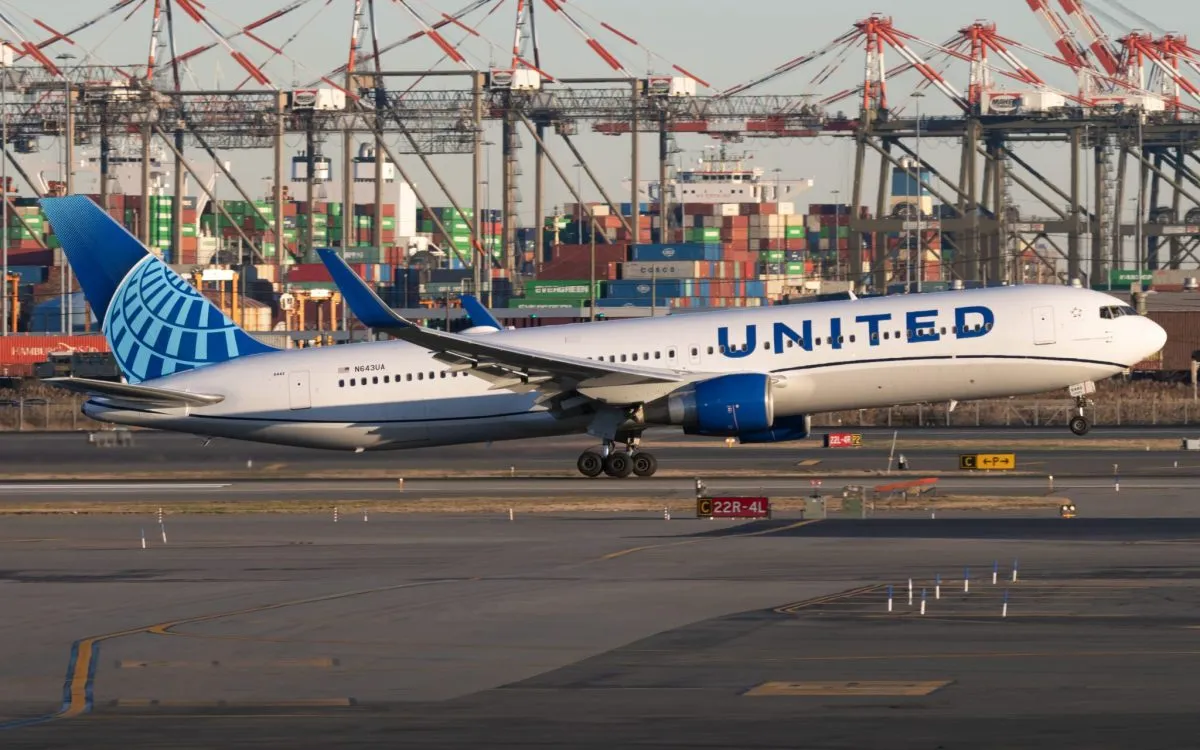Is the United States on the Brink of a Recession? Insights and Implications

Representative AI image via Lexica
The United States economy is currently facing significant uncertainty, prompting essential questions regarding a potential recession. Here, we address five critical inquiries to shed light on the current economic climate and its ramifications.
1. How Close is the U.S. to a Recession?
The Conference Boards Leading Economic Index (LEI) has seen a troubling decline in at least 15 of the past 18 months. This continuous drop indicates underlying weaknesses that could herald a significant growth slowdown. Despite this trend, the board does not anticipate a full-blown recession as its base case; however, several indicators suggest caution.
Among the principal factors contributing to this outlook are the observed weaknesses in manufacturing new orders, consumer expectations, and building permits. A recent poll conducted by Reuters economists on April 7 revealed a median probability of a recession occurring within the next 12 months to be 45%, marking the highest figure since December 2023.
Furthermore, tariffs imposed recently are projected to cut 0.8 percentage points from the Gross Domestic Product (GDP) forecasts for 2025, while business sentiment and capital expenditure plans are on the decline. Mark Zandi of Moodys Analytics expressed a 40% likelihood of a recession by the end of 2025 during a podcast in March 2025, attributing these concerns to the fading fiscal impulse, tight credit standards, and the adverse effects of tariffs.
John Authers, writing for Bloomberg Opinion, has warned that the chances of a policy misstep akin to that during the 2008 financial crisis are increasing. He emphasized the importance of not waiting for the National Bureau of Economic Research (NBER) to confirm any downturn, given the current economic indicators.
Ray Dalio, the founder of Bridgewater Associates, has stated emphatically that the U.S. is very close to a recession. He noted that tariffs are disrupting supply chain efficiency and could potentially lead to outcomes worse than a recession if mishandled. Dalio highlighted the current economic conditions, characterized by soaring U.S. debt, a breakdown in the monetary order, and rising geopolitical tensions, as reminiscent of the 1930s.
2. U.S. Recessions Since 2000
Since the turn of the millennium, the U.S. has experienced several notable recessions:
- Dot-com / 9-11 Recession: Peak in March 2001, trough in November 2001, lasting 8 months with a real GDP decline of 0.3% and peak unemployment reaching 5.7%.
- Great Recession: Spanning from December 2007 to June 2009, this recession lasted 18 months, during which the real GDP plummeted by 4.0%, leading to peak unemployment of 10.0%.
- Covid-19 Recession: This brief but severe recession occurred between February 2020 and April 2020, lasting only 2 months, making it the shortest on record. During this period, real GDP saw an unprecedented contraction of 19.2% on a quarter-to-quarter annualized basis, with unemployment soaring to 14.7%.
3. Can a U.S. Recession Trigger Global Recessions?
The impact of a U.S. recession on the global economy has varied historically. The recession in 2001 did not signal a global downturn, as world GDP grew by 2.5%. However, trade growth collapsed during that time. In contrast, the recession from 2007 to 2009 marked the first post-war global contraction, with a significant decline of approximately 1.3% in world GDP in 2009. The 2020 Covid-19 pandemic also inflicted severe damage, pushing global GDP down by about 3%, marking the most profound decline since 1945.
4. Recessions in China and India Since 2000
Both China and India have experienced periods of economic contraction over the past 25 years:
- China: The country experienced its first contraction in Q1 2020, registering a decline of 6.8% year-on-year. Despite this, China's annual growth for 2020 remained positive at 2.2%, although its growth rate dropped to just 3% in 2022, marking the worst performance outside the year 2020.
- India: India faced a recession during the fiscal year 2020-2021, with a contraction of 7.3%, compounded by a staggering 24% decline in April-June 2020. The Reserve Bank of India classified the first half of FY21 as a technical recession. Other economic crises occurred in 1991 and during the 2008-09 slowdown, where growth fell to 3.1% but stayed positive.
5. Why a Recession in India Differs from One in the U.S.
The nature and implications of a recession in the U.S. differ significantly from those in India due to various factors:
- Primary Shock: The U.S. typically faces financial cycle shocks tied to consumer credit, such as housing and credit cards, while India experiences supply-side shocks, including oil prices, monsoon patterns, and external capital flows.
- Stabilizing Factors: In the U.S., robust unemployment insurance and progressive taxation help cushion the economic hit during a recession. However, Indias informal employment accounts for over 45%, limiting the reach of social security measures.
- Monetary Policy Response: The U.S. benefits from a deep bond market and quick mortgage refinancing, facilitating a fast monetary policy pass-through. Conversely, Indias bank-led system faces slower reactions due to a high share of small firms operating outside formal credit systems.
- Job and Wages: In the U.S., unemployment tends to rise sharply, but benefits help cushion the impact on income. In India, job losses are more likely to push workers back into agriculture or into informal sectors, exacerbating under-employment issues.
- Global Spillover: A recession in the U.S. can tighten global financial conditions, leading to ripple effects through dollar funding and risk aversion. Meanwhile, an Indian recession primarily impacts regional trade, remittances, and commodity demand, with limited contagion due to capital controls.
As the U.S. economy navigates potential slowdowns, the implications extend globally. Economists suggest that while U.S. recessions can affect the broader world particularly when they coincide with systemic financial shocks or extraordinary events, the International Monetary Fund (IMF) has ruled out the possibility of a global recession at this time. The interconnectedness of global economies means that even a slowdown in the U.S. can have cascading effects, particularly on countries closely linked to both the U.S. and China, such as India. Heres what various economists and investors are saying about the current economic state and its future:






















